The automotive industry has always been obsessed with the future, with manufacturers continually trying to predict and influence the design and technology trends that will shape the vehicles taking to the roads in years to come. And those efforts are frequently shown to the world in the form of concept cars.
The concept car description is a broad one, and such machines take on many forms. Many are essentially previews of near-future vehicles, shown in order to build interest and understanding of a key new model. Others are designed to highlight and showcase specific technology, features or design elements. Some are far more conceptual, trying to predict how the car will look at some randomly selected future date. Often they’re essentially test mules, designed as much for research and development as building public interest. And yes, some are barely finished models, quickly thrown together when a firm realises a motor show is fast approaching and it doesn’t actually have anything to display.
Will the expected decline of the motor show lead to the end of concept cars? It seems unlikely. More than filling a slot on a show stand, such machines are a useful tool for the industry. To know where the car world is heading, concept cars are the best place to start – especially as the industry prepares for the rise of electric, connected and autonomous technology.
Take the just-launched Nissan Ariya, which is nearly identical to the previous concept of the same name. The 2016 Volkswagen ID Concept was used to launch the MEB electric car platform and ID sub-brand, and its design was virtually unchanged for the ID 3 production car. Notably, that first ID Concept was followed by a slew of others – including the Crozz, Buzz, Vizzion and Roomzz – that will serve as a roadmap for the ID family in the coming years.
Some concepts merge conceptual technology with previews of production cars. The recent Renault Morphoz showcased a ‘shape-shifting’ extendable vehicle and previewed the firm’s upcoming production electric SUV. Audi recently produced a series of four future-gazing concepts that showcased its vision for shared motoring via subscription. But within were previews of an MEB-based small hatchback (the AI:ME) and a new supercar.
Even concept cars that don’t become production machines can showcase the future. Volvo developed the new Polestar brand to utilise a number of sporty Volvo concept cars that didn’t fit the brand’s current identity. Elsewhere, Volkswagen developed a series of supercar concepts between 1997 and 2001; used to develop the unusual and hugely powerful W12 engine, they set a series of speed records – and although they didn’t result in a production car, the development work was rolled into the mighty W16 engine that powered the Bugatti Veyron.
Even concept cars with no production intent can guide the future. The beautiful Peugeot e-Legend coupé was made to demonstrate how future autonomous cars can be “emotional”, rather than as a preview of a production version – although, as we will continue to argue, Peugeot absolutely should build a production version of it.
However, not every concept car gets it right, whether that’s because the technology it showcases doesn’t reach fruition, the priorities of its manufacturer change or because of particularly adverse public reaction.
That’s the thing about predicting the future: you won’t always get it right. But many of those concept cars that didn’t reach the showroom are still worthy of celebration. So we’ve asked the Autocar team to pick out their favourite concept cars that didn’t quite shape the industry’s future. Read on to discover what could have been… James Attwood
Mini Spiritual and Spiritual Too - Matt Prior

It was already too late. By the time we saw the Mini Spiritual and its bigger sibling, the Spiritual Too, at the 1997 Geneva motor show, their time had passed. In the early 1990s, Rover began thinking about replacing the Mini, a car that had been continually updated but gone conceptually unchanged since it said hello to the world in 1959. But in January 1994, BMW bought out British Aerospace’s share of Rover, and under this new management, a decision was to be made in 1995 about which direction the new Mini would take.
The Spiritual and Spiritual Too were the clever ideas that Rover brought to the table. The smaller three-door car was no longer than the original Mini but had as much interior space as the Fiat Punto supermini. The longer car was still no longer than the Punto yet had as much room in the back as the Mercedes-Benz S-Class.
At the time, Rover thought it would be increasingly difficult to make a front-engined car meet ever more stringent crash regulations without a large deformable structure at the front. So the Spiritual featured a downsized K-series engine mounted transversely beneath its rear seats, driving the rear wheels and freeing up much more of the car’s footprint for passenger space.
But BMW had other ideas. It thought the Mini should become a more premium, upmarket hatchback, and by the time the 1997 Geneva motor show came around, we had already seen hints of its plan, in the sporty shape of the retro ACV30 concept car, a front-engined coupé shown at the Monte Carlo Rally.
By the time we saw the two Spiritual concepts, then, they were almost two years old, and Rover admitted that their appearance at Geneva was partly to act as a spoiler for the launch of the Mercedes-Benz A-Class, a compact, upmarket hatchback that would become a key competitor for the Mini’s replacement.
Seeing Mini now, it would be tough to argue that BMW took the wrong direction. But spare a thought for the Spiritual concepts, yet another two of the British motor industry’s great what-ifs.
Volkswagen Up - Mark Tisshaw

We all know the Up. That cheery, really rather competent city car made by Volkswagen with an amusing GTI version, an electric one and a pair of siblings that wear Seat and Skoda badges. So, an odd choice for this feature then, no? Not quite. Because the Up was supposed to be not just one city car but an entire family of models.
It started as a 2007 concept car, also called Up. It was most notable for its rear-engined, rear-wheel drive layout – a new architecture with a huge degree of flexibility. And so it proved in the years that followed, as we saw a series of diverse Up concepts, including a baby MPV (the Space Up) and a miniature shooting brake (Up Lite).

But the architecture was considered too costly to put into production, so Volkswagen switched to a conventional front-engined, front-wheel drive one called New Small Family. Still, the range plans continued, as that name gave away. Among them were the beach-going Buggy Up and the Taigun micro-SUV, yet they never reached production, because the business case just never added up.
This, remember, was when Volkswagen was planning to conquer every segment of every market as part of an ever-growing group. Yet not even it could solve the problem of how to make money from small cars. Maybe it shouldn’t have fallen out with Suzuki, the master of doing just that, so publicly in 2011. Suzuki severed the tie-up just as journalists were entering the VW Group’s grand motor show preview, where, among the unveilings, was the production Up. Fine city car though it proved to be, it remained an only child.
Lexus LF-SA - Steve Cropley

Life was different in 2015, when Lexus unveiled the LF-SA at the Geneva show. Times were good. We’d recovered from the 2008 recession and car buyers were feeling so secure financially that they started turning their attention to owning “something different”. Lexus’s designers seem to have picked up on this trend in spades; either that or they decided to have a little joke at the expense of the whole concept car ideal by proposing a Mini-sized Lexus, one of the more unrealistic ideas of the year – or any year.
The car was comically overstyled, with just about every Lexus ‘device’ overemphasised for the purpose. It’s even possible that this car constituted a rebellion from the trend that had begun to flood into the concept business beyond 2008: that you don’t build a concept unless it’s likely to be in production a couple of years later.
If it was a joke – and our 2020 eye tells us it was – then the copywriters decided to share the laughs. They unpacked every cliche in the book, observing that the LF-SA shape emphasised the “contrast between concave and convex shapes”, that “powerful undercutting above the wheel arches brought a unique proportion to the design” and that the whole thing created – wait for it – “a strong sense of dynamism and forward motion”, words that have been parroted for very concept north of the wheelbarrow. The Stellar Silver paint, we were told, was a reference to space exploration. Japanese space exploration? When did that happen?
In the five years since this car appeared and disappeared, the motor industry has decided that Mini-sized cars are decidedly hard to make money from (unless they’re actually Minis), so a Lexus SA isn’t going to appear at your kerbside any time soon. Lexus is doing more appropriate cars. Good thing, too.
BMW E1 - Rachel Burgess

BMW launched its quirky electric BMW i3 in 2013, but more than two decades earlier, it already had a very similar concept on the go: the futuristic E1 city car. Even then, it wasn’t BMW’s first foray into EVs, having introduced the 1602 Elektro-Antrieb (Electric-Drive) at the 1972 Olympic Games in Germany. Its electric motor delivered 42bhp and had 19 miles of city range.
The E1, revealed at 1991 Frankfurt motor show, was far more usable, with a range of 124 miles and a respectable 75mph top speed. With a lightweight body made of plastic and aluminium to offset the heft of the battery, the compact but roomy four-seater weighed in at just over 900kg.
Between the cost of the project, lack of charging infrastructure and a fire while recharging, the E1 never came to be. But before it went up in flames, we had a chance to drive the prototype. Our tester said: “I like it better than any other city car I’ve tried, not because it runs on environmentally responsible electricity but in spite of it.
“The E1 doesn’t have to apologise for its electric motor, because it places it in an entirely modern context; it has a great shape, even better space efficiency, a superb ride, crisp handling, a whisper-quiet drivetrain and a truly seamless transmission. Even by BMW standards, it’s a hard hitter.”
The E1, then, could have been the ideal urban runabout. But, of course, BMW acquired the Mini brand in 1995 and the direction of small cars for the group was quickly determined.
Saab Phoenix - James Attwood

The stunning two-door, 2+2 Phoenix, unveiled at the Geneva show in 2011, was a real statement of intent for Saab, showcasing the design language, engineering and technology that would revive its fortunes under Dutch sports car maker Spyker’s ownership after years of neglect by General Motors.
The dramatic styling – termed “aeromotional” by design director Jason Castriota – was modern while also containing numerous cues to Saab’s automotive and aeronautical heritage.
The Phoenix featured an innovative hybrid powertrain, mating a 200bhp turbocharged 1.6-litre BMW petrol engine (which powered the front wheels) with a 33bhp electric motor that drove the rear axle and featured torque vectoring. The interior also featured numerous innovations, including Saab’s new IQon Android-based infotainment system with an 8.0in touchscreen.
But most significant was the Phoenix’s underpinnings. It was built on a new modular platform that was intended for the next-generation 9-3, 9-5 and 9-4X, featuring a unique design of MacPherson strut front suspension and a motorsport-inspired five-link rear axle.
Freed from GM’s shackles, Saab’s future looked bright. But by the time the Phoenix was unveiled, the firm had already run out of money and was declared bankrupt in 2012. The Phoenix never even had the chance to rise from the ashes.
Citroen Lacoste - Jim Holder

This, perhaps, is the concept that proves that necessity is the mother of invention.
You see, back when we were last staring down the barrel of a recession, Citroën had more reason than most to be concerned, with its middle-of-the-road product line-up unloved and its finances on the rocks.
So it was that it first created the functional C-Cactus concept in 2007 and then came back in 2010 with the Lacoste, an even more stripped-back vision of the future that took its name from the iconic French fashion/tennis brand while thumping home the ‘low cost’ minimalism of its design, with the 1968-1988 Mehari utility vehicle no doubt firmly at the forefront of its designers’ minds.
It’s true, of course, that some of the Lacoste’s DNA would eventually – albeit not for long – make its way onto our roads in the form of the now-departed C4 Cactus, but it’s truer still that its impact was far more significant for giving Citroën its swagger back, reminding one and all that it was better to make cars that some loved and some hated, rather than trying to please everyone and making a car that sat fifth on everyone’s shortlist.Certainly there’s no question that Citroën’s standalone focus on comfort over sportiness today owes its single-mindedness to exactly the attitude expressed here.
At its core, the Lacoste was all about stripping the car back to the essentials, albeit in an ultramodern, ultra-desirable, style-led manner, and capturing some of the original je ne c’est quoi that launched the Citroën brand to prominence in the first place and then (eventually) sustained it into commercial success.
So it was that there were no doors and not much of a roof (it could inflate from the centre rail, since you ask). Power came from a 1.2-litre three-cylinder petrol engine, while weight was stripped out of the vehicle wherever possible, meaning CO2 emissions were rated at a then-impressive sub-100g/km. Nothing was added that wasn’t needed, yet the car remained full-bore chic. At a time of severe financial hardship, its simplicity delivered a charming optimism that over-engineered premium offerings could only dream of.
Today, insiders say the core principles behind the car died a death in customer clinics, with would-be buyers expecting a pared-back price tag to go with the pared-back design and not being prepared to pay a premium for it, as they’d have had to do if the car had gone into production. Ironically, the Lacoste was simply too high-cost – and that was the end of that.
Concept cars that didn't quite make production the first time

Land Rover Defender DC100: The two DC100 concepts that were revealed in 2011 were intended to showcase what a potential Defender successor could look like, and attracted a mixed response from enthusiasts of the off-roader. While the DC100 didn’t progress beyond the concept stage, the new Defender shares a number of styling cues – although design chief Gerry McGovern insists there was no direct link.

Volkswagen Microbus, Bulli and Budd-E: After the success of the revived Volkswagen Beetle, the firm has long aspired to launch a truly next-generation version of the T2 campervan. A 2001 petrol-powered New Microbus Concept was due to go into production before it was scrapped. Two electric designs followed in 2011 and 2016, but neither progressed beyond the concept stage. That will change with the MEB-based ID Buzz, which is due to go into production in 2022.

Volvo Concept Coupe and Concept 40.2: Volvo produced the Concept Coupé in 2013 and the Concept 40.2 in 2016 to showcase its SPA and CMA modular platforms respectively. However, it decided the Thomas Ingenlath-penned creations didn’t fit the future direction of the brand, leading to the genesis of Polestar as a sporty electrified brand. The two machines eventually morphed into the Polestar 1 and Polestar 2 respectively.
Alternatively fuelled oddities that failed to reinvent the wheel

General Motors Firebird XP-21: Significant as the first gas turbine-powered car to run in the US, this 1953 concept is most notable for being shaped like a fighter jet from the era. This made the 375bhp machine look stylish but also meant that it would have been hopelessly impractical for a trip to the shops.

Ford Nucleon: Early in the nuclear age, the potential of the power source was clear while its drawbacks weren’t quite so apparent. Hence this 1957 Ford concept, which replaced the combustion engine with a downsized nuclear reactor from a submarine. Thankfully, Ford presented it only as a reactor-less model.

Venturi Eclectic: The Monaco-based manufacturer is best known for making one-off electric cars and its race-winning Formula E team. In 2006 it rolled out this three-seat electric concept, which featured a small on-board generator powered by solar panels and a wind turbine. However, its range was a mere 31 miles.
READ MORE
Volvo boss: electrification key to post-coronavirus growth
Volvo ditches petrol and diesel engines on S90, goes hybrid-only

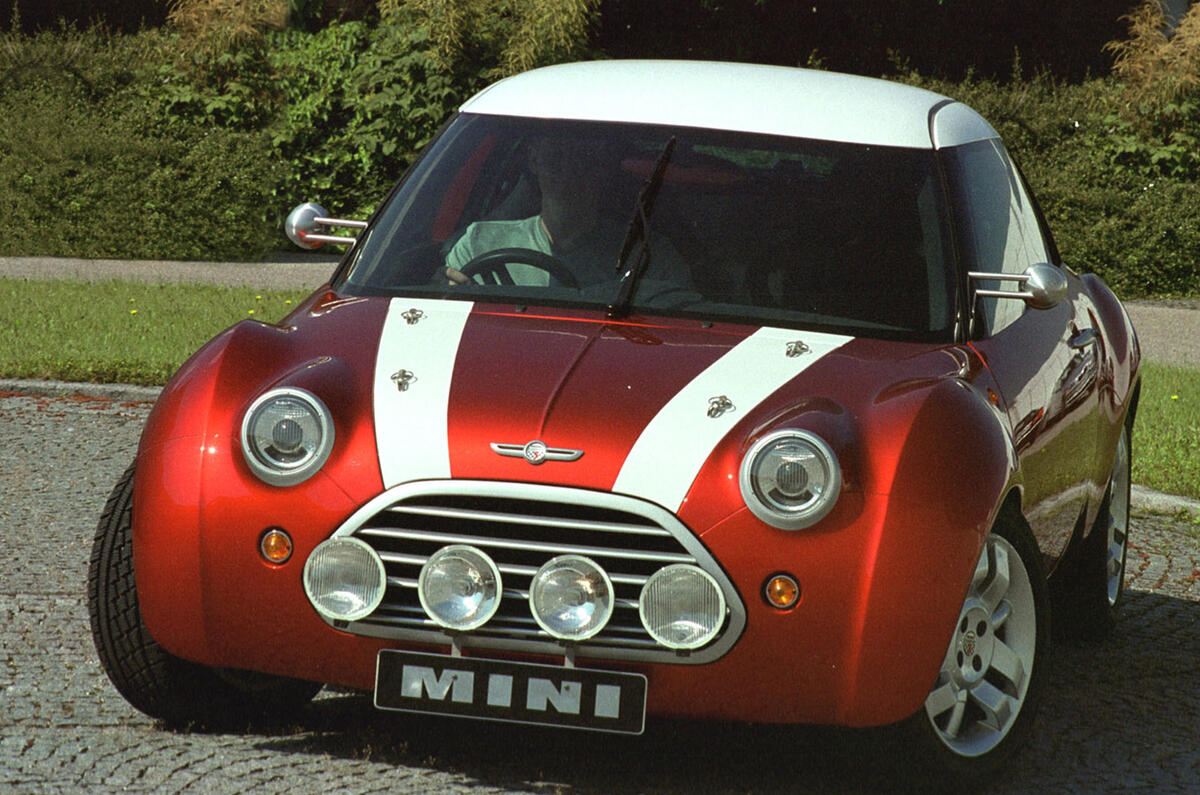
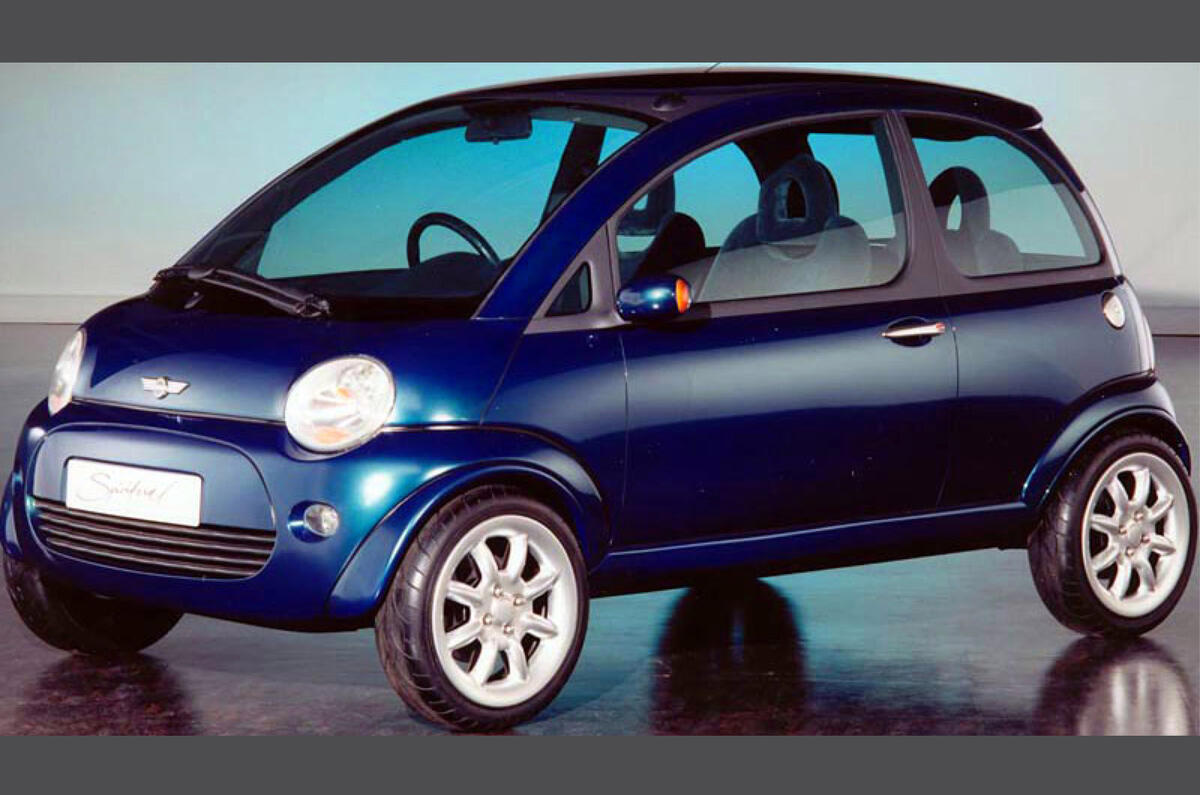
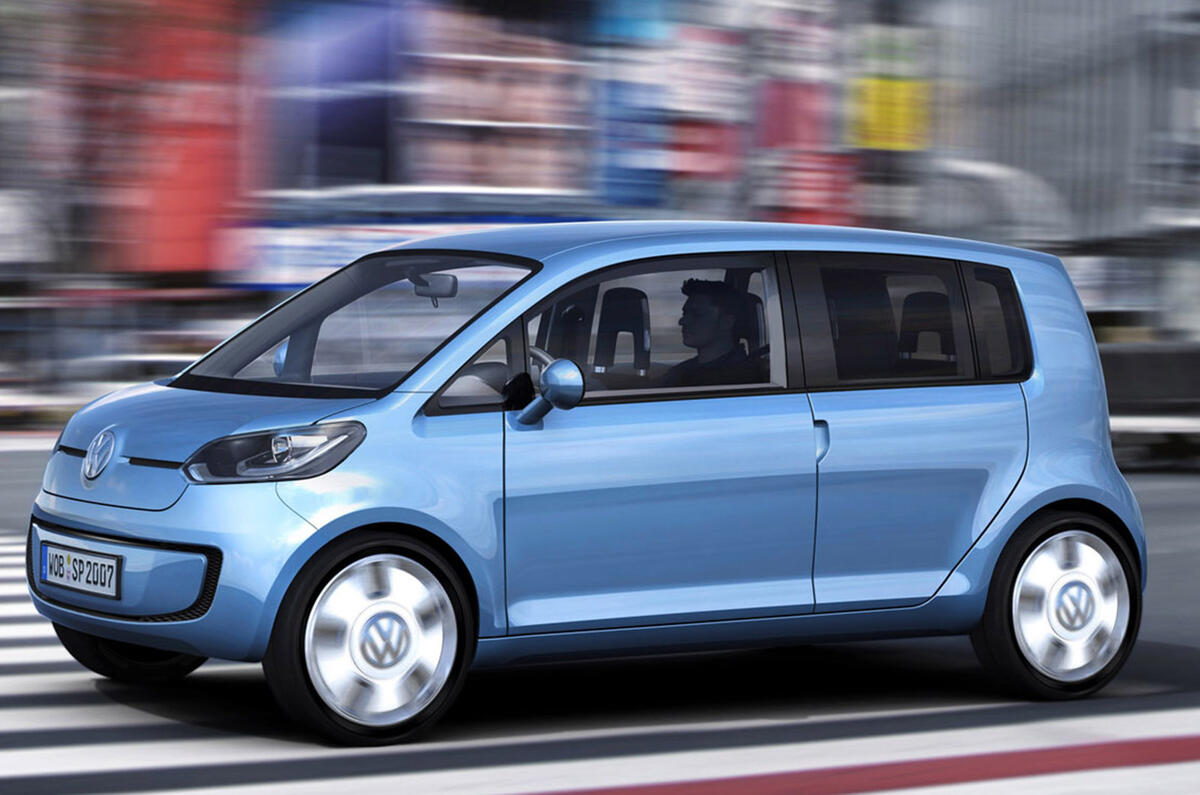
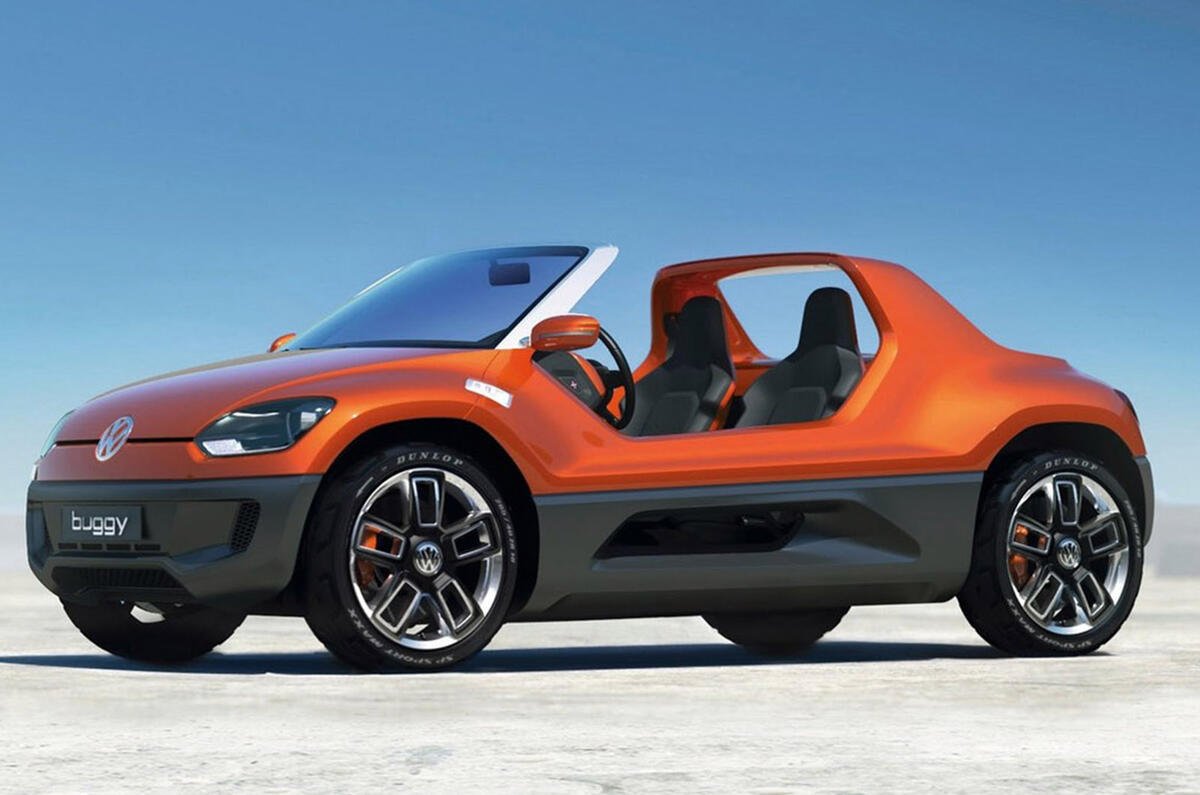
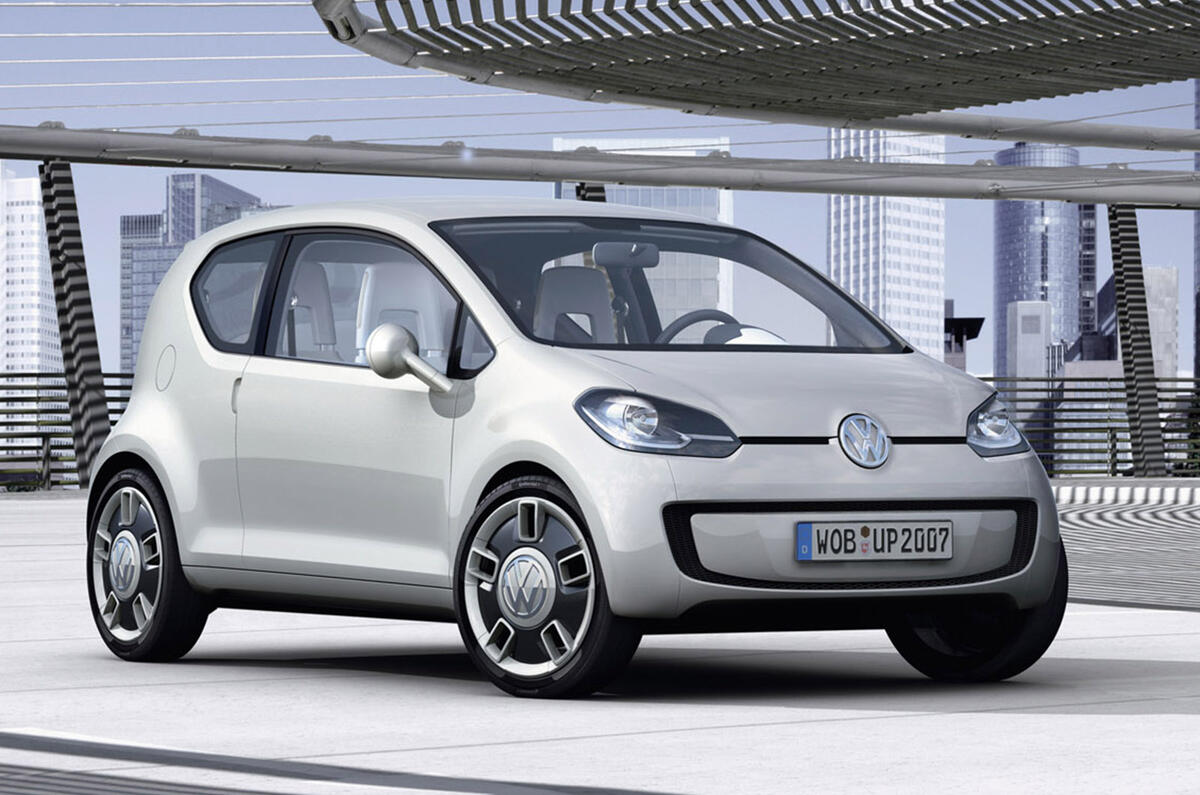
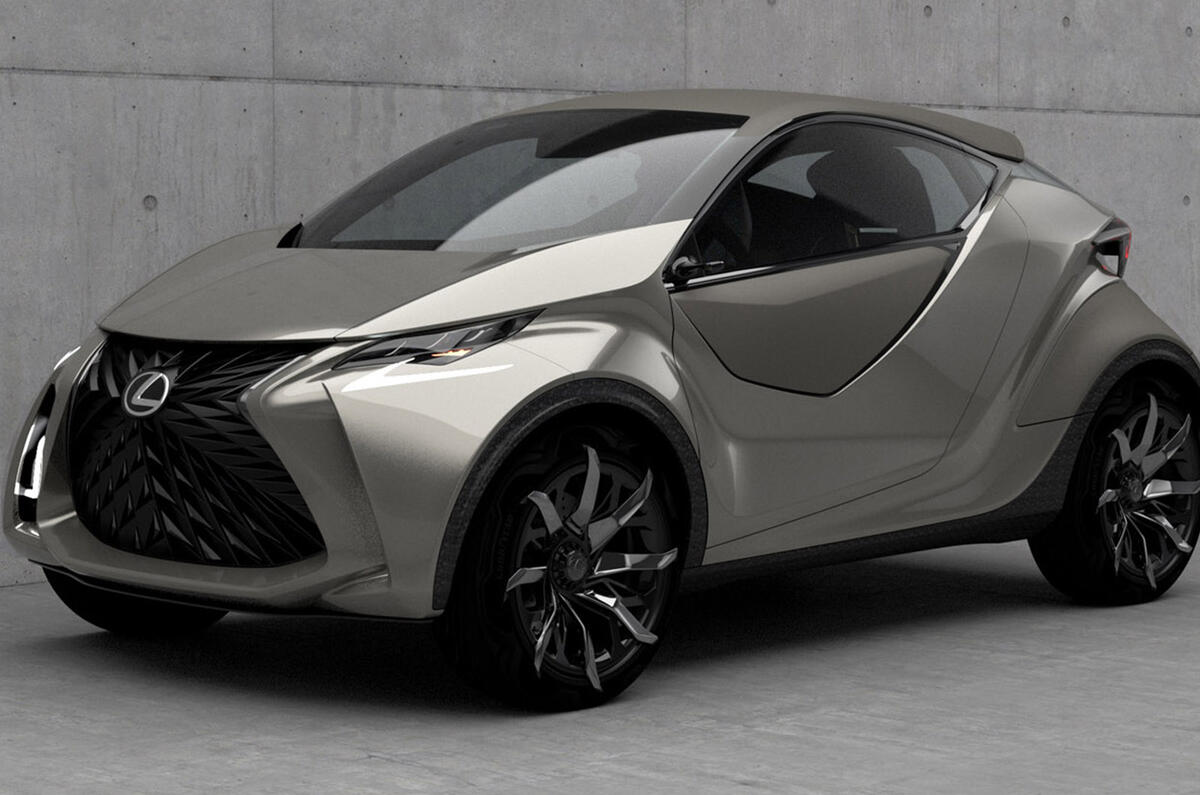
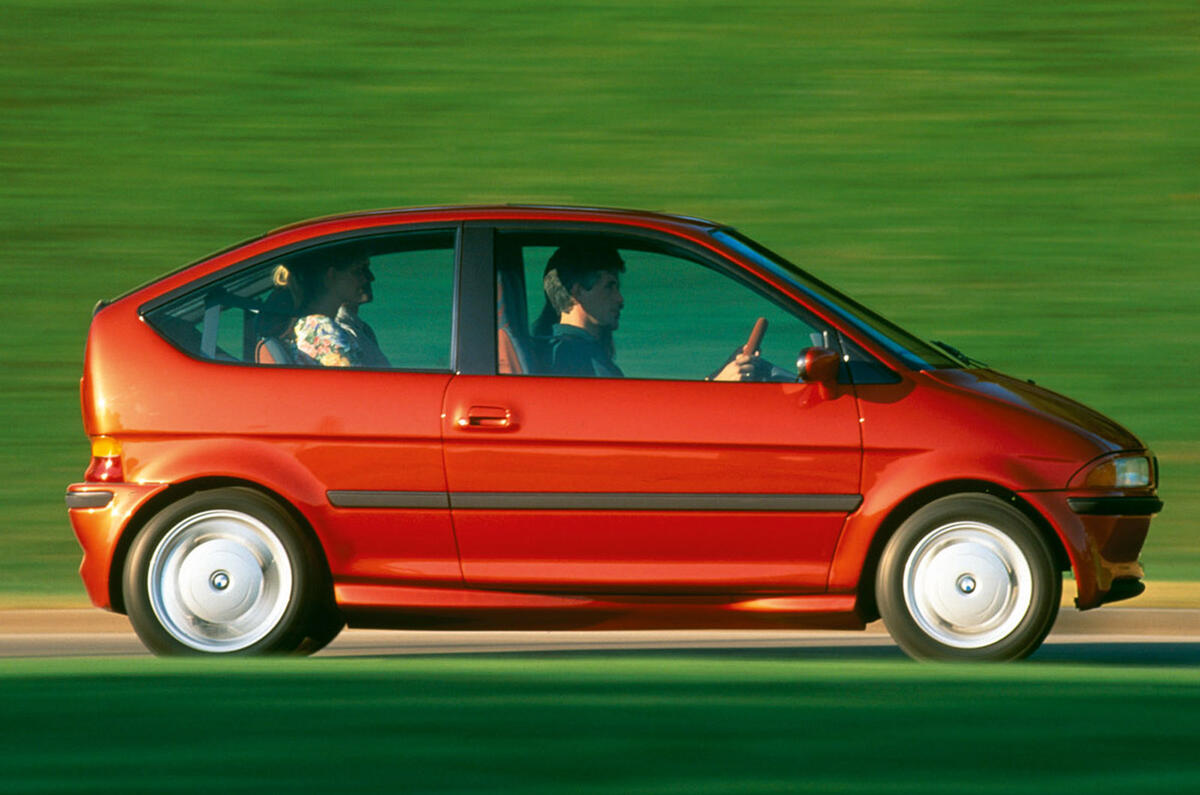
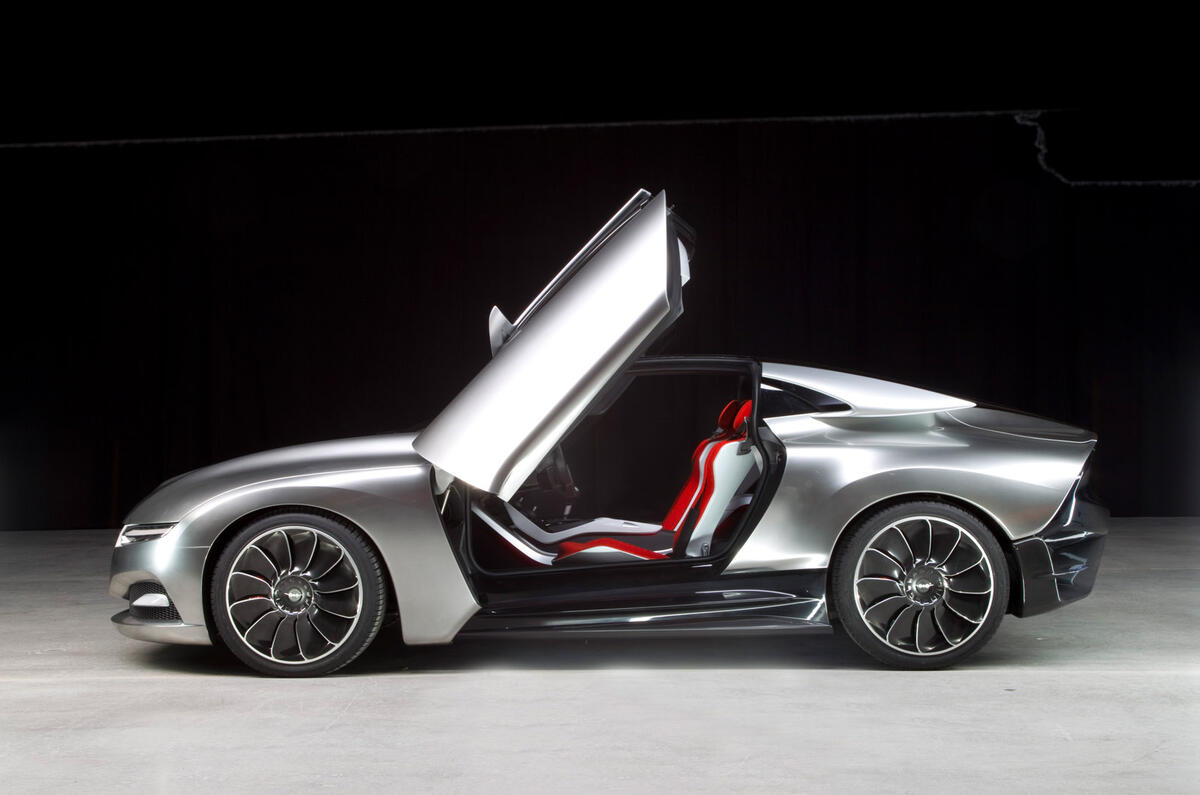
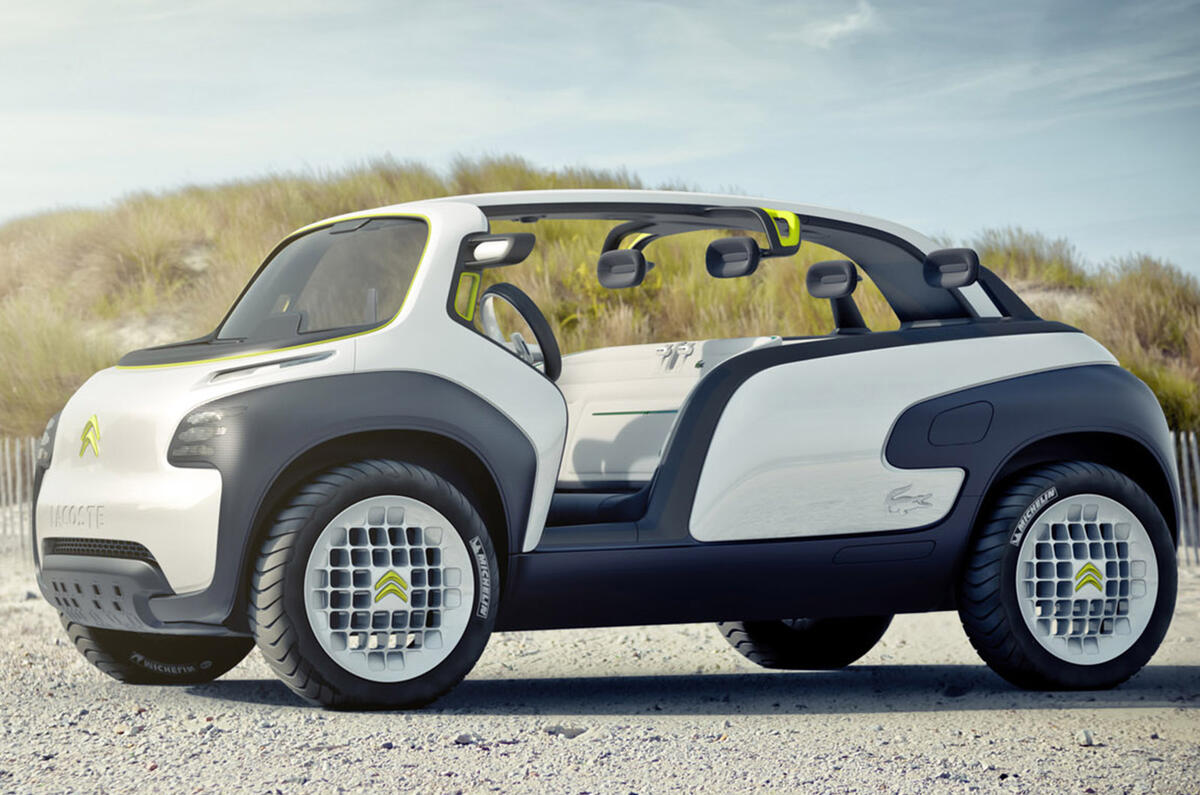

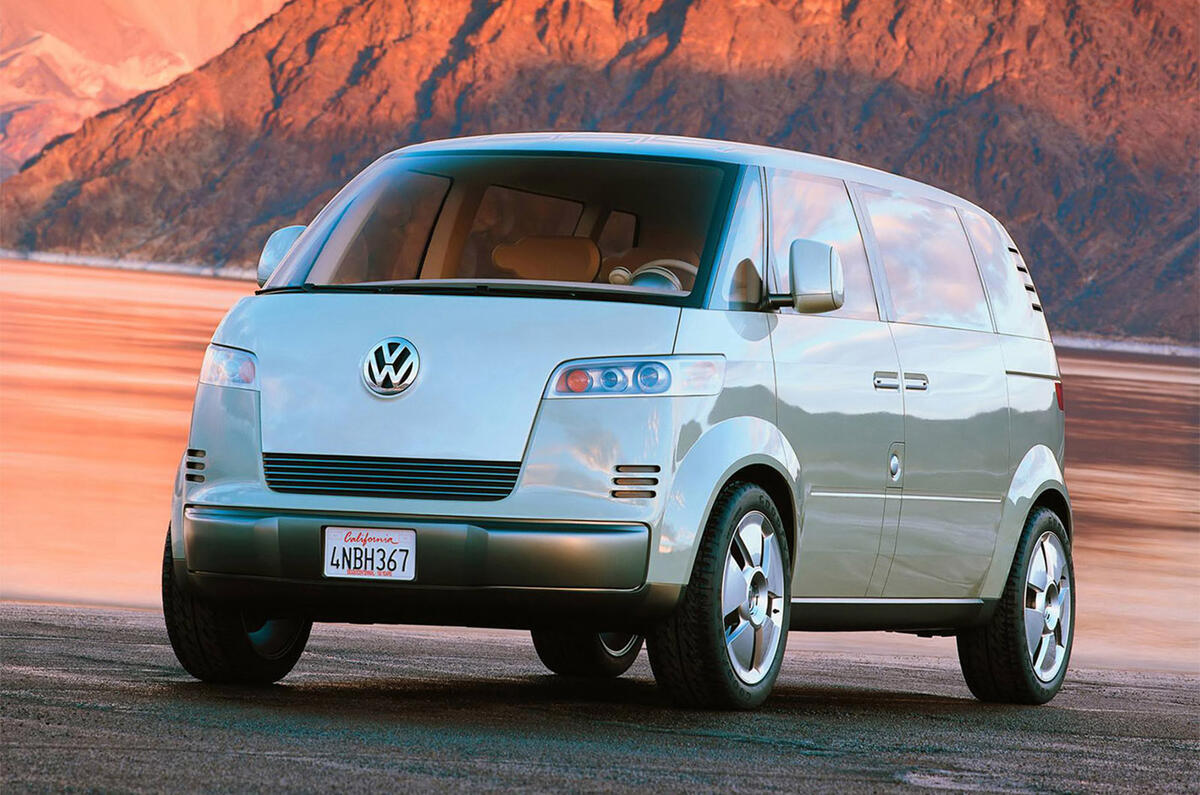
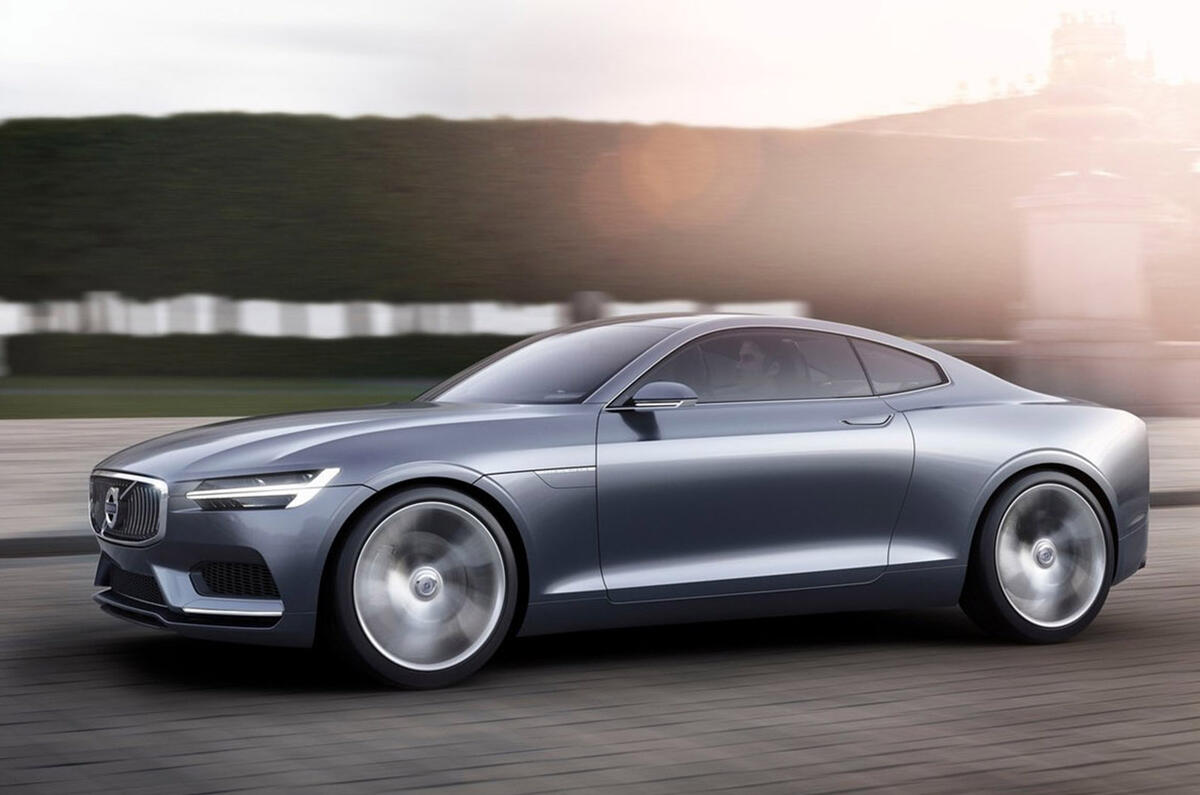
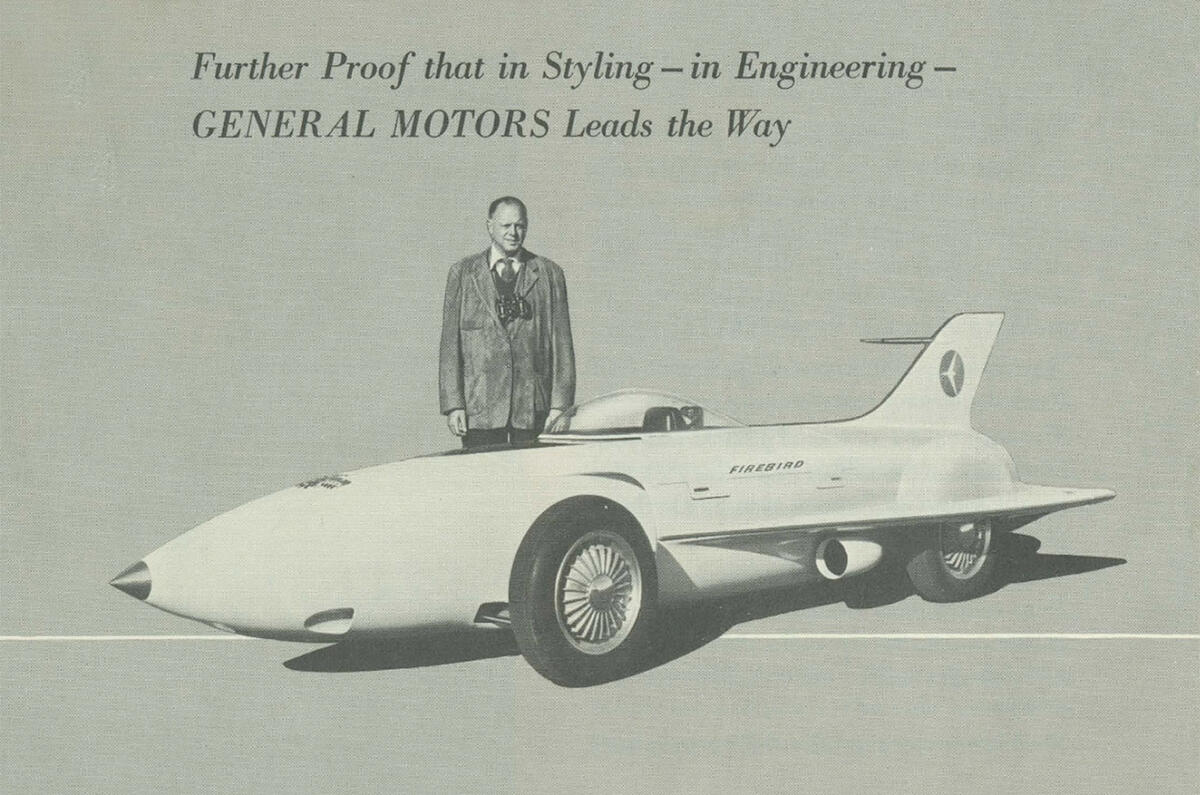
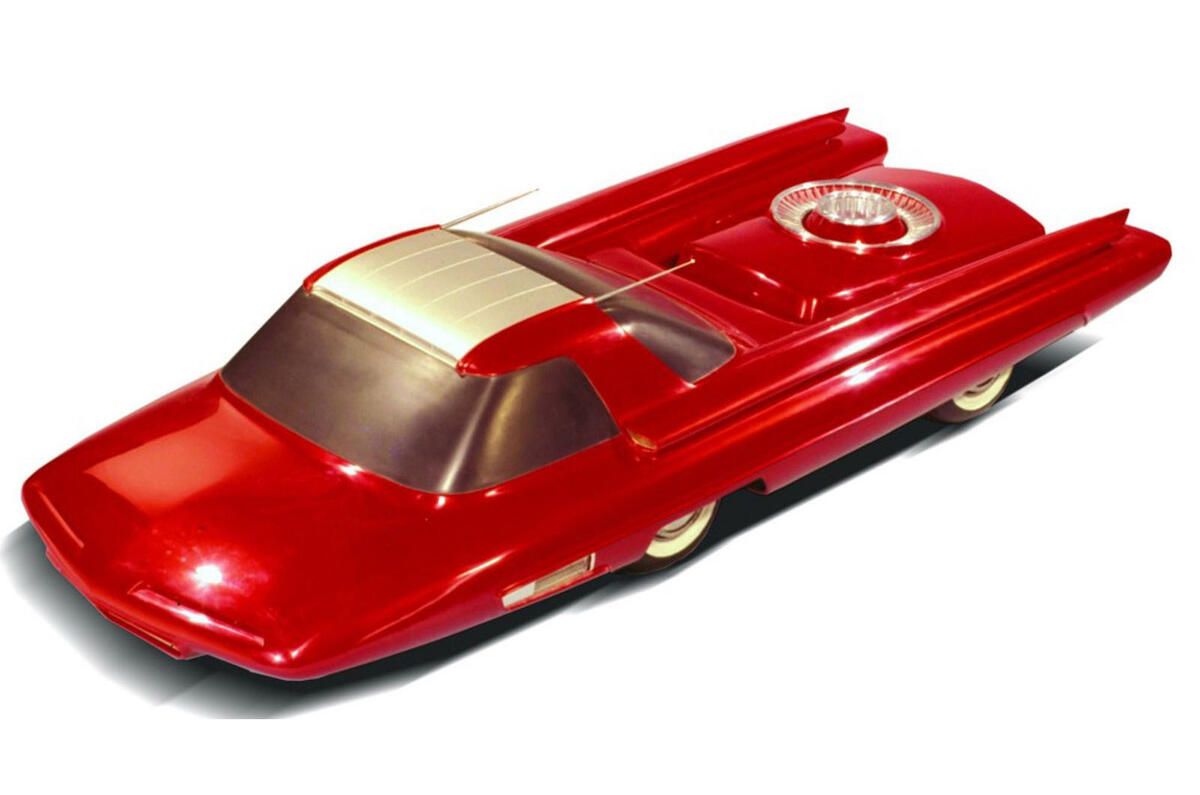
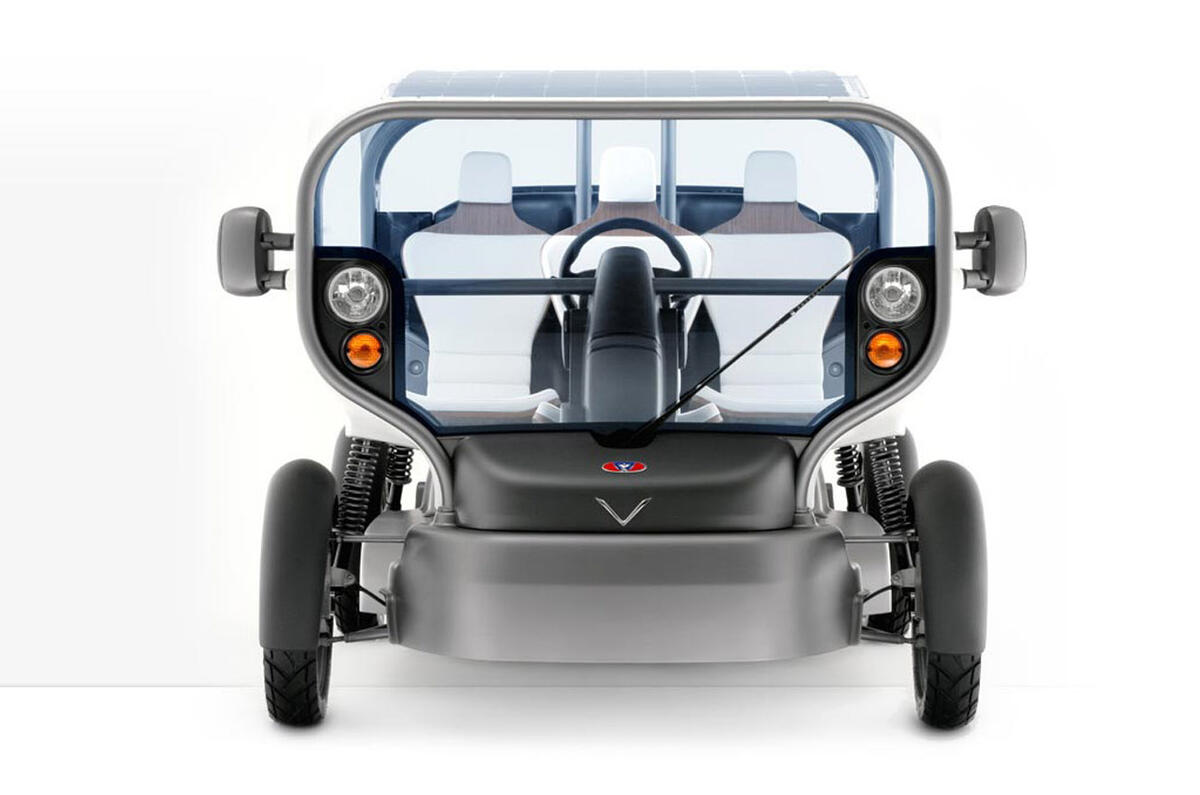
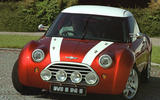

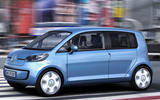
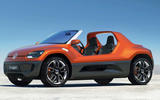
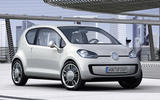
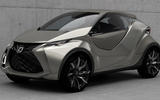

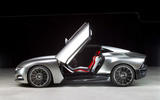


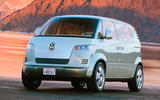
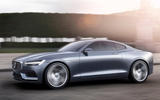
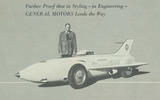
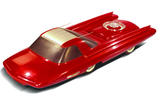



Join the debate
Add your comment
It's a pity the world was
It's a pity the world was deprived of the Saab phoenix. I would've been happy to ogle that the in the metal.
Answer to the above: Three
Answer to the above: Three times.
So sad the 2001 VW Microbus
So sad the 2001 VW Microbus wasn't made. After 19 years !!! it still looks fresh and avant-garde.
Another VW that tragically didn't make it is the Space Up, it looks spacious and practical within its compact overall dimensions. Who needs a Polo when you could (or as it tuns out, couldn't) have this?
Let's see how many times I have to post this before it gets accepted.